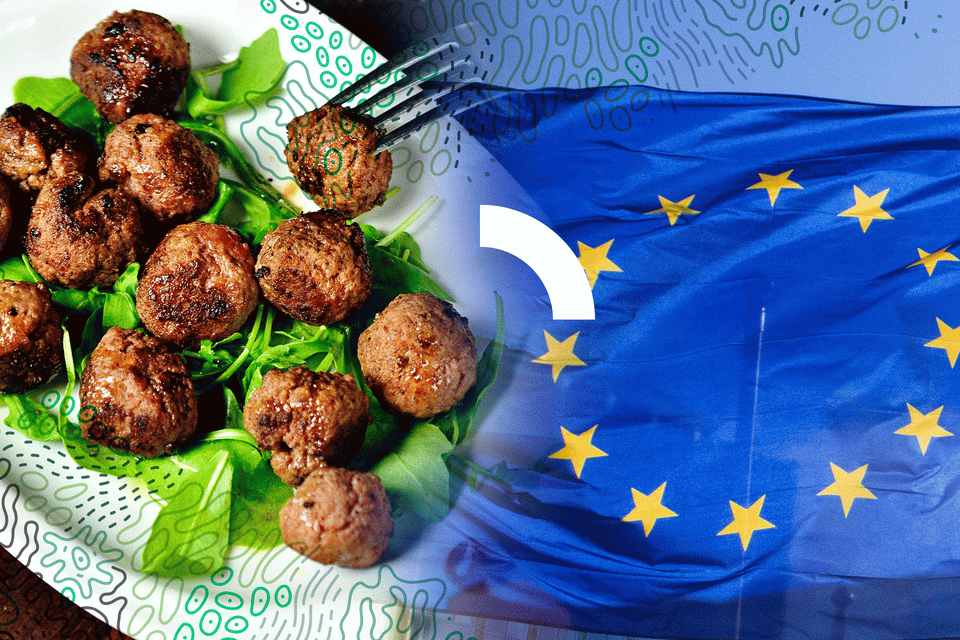
The European Food Safety Authority (EFSA) plays a crucial role in safeguarding food safety within the EU. Over the past decade, EFSA has actively refined its scientific assessment framework, introducing several noteworthy changes. This article explores some of the milestones achieved in EFSA's safety assessment procedures, which we have found most relevant.
Enhanced Guidance for Microorganisms and Fermentation Products
In 2018, EFSA published a comprehensive Guidance on the characterisation of microorganisms used as feed additives or as production organisms. This guidance consolidated information previously scattered across multiple documents, streamlining the process and incorporating novel elements:
-
Mandatory whole genome sequencing (WGS) for bacteria and yeasts. WGS offers a powerful tool for microbial characterization. In 2021, EFSA further clarified technical requirements and set thresholds for WGS analysis, including gene of concern identification.
-
Specific limit of detection for DNA in fermentation products. This guidance requirement, set at 10 ng DNA/g or mL product concerns genetically modified production strains harbouring acquired antimicrobial resistance genes.

EFSA has thankfully expanded the FEEDAP 2018 requirements, harmonising them across different regulated areas, now encompassing food enzymes and potentially novel foods, simplifying compliance for industry stakeholders.
Qualified Presumption of Safety (QPS): A Cornerstone of Generic Safety Assessment
Introduced in 2005, the QPS concept establishes a framework for assessing the safety of microorganisms used in the food chain. The first QPS list emerged in 2007, with regular updates ensuring ongoing safety evaluations. Key developments include:
- Expansion of the QPS list: Initially limited to bacteria and yeasts, the list now encompasses plant and insect viruses, and even algae (for "production purposes only"). The list is updated every six months.
- Clarification of QPS qualifications: The latest scientific opinion on the maintenance of the list of microorganisms with QPS status was published in 2023. EFSA also provided a statement interpreting the "acquired antimicrobial resistance genes" qualification on the QPS list.
- Increased vigilance: Since 2017, EFSA actively searches for potential safety concerns linked to QPS-listed species every six months, extending this approach to newly notified microorganisms.
- Challenges and opportunities: While the QPS concept benefits applicants, criteria like the "body of knowledge", requiring a history of safe use, can hinder the inclusion of innovative species. Therefore, all innovative, novel species, even without any indications of safety concerns, still require a full risk assessment.
EFSA's Knowledge Junction community on Zenodo (a CERN-operated open research repository) now houses the updated QPS list, enhancing accessibility for stakeholders.

Introduced in 2005 and published first in 2007, the QPS concept has become a foundational framework for safety assessment.
Harmonising what is on the menu in Europe
EU-wide Food Consumption Database
Prior to 2014, diverse food consumption data collection methods across EU member states hindered accurate exposure assessments. In response, EFSA published a guidance on the EU menu methodology, forming the foundation for EFSA's Comprehensive European Food Consumption Database. This resource facilitates reliable exposure assessments, empowering risk management decisions.
Building upon this foundation, EFSA has developed various tools, including:
- Food Enzyme Intake Model (FEIM): This tool estimates chronic dietary exposure to food enzymes used in multiple food manufacturing processes.
- Dietary Exposure (DietEx) tool: This tool leverages the EU Menu database to estimate dietary exposure for various population groups across different countries.
- Exposure assessment calculators: EFSA continues to develop additional calculators to streamline exposure assessment calculations for applicants.
The Transparency Regulation Era
2021: Shedding new light on the food chain
2021 marked a significant shift with the implementation of the Regulation on the transparency and sustainability of the EU risk assessment in the food chain. This regulation spurred major changes to EFSA's operations We have written about the implications of the Transparency Regulation and how to comply with it earlier, but we should give more credit to EFSA for setting up the systems, tools, and support channels for applicants including:
- E-Submission Food Chain platform (ESFC): A web-based application specifically designed for applicants to create, submit, and manage their applications related to various regulated product areas within the food chain like feed additives, food enzymes and novel foods.
- The Connect platform: This platform is a gateway for stakeholders to interact with EFSA. Stakeholders can use Connect to ask questions about pre-submission advice, public consultations, public access to documents, and more.
- OpenEFSA: This platform provides comprehensive information on EFSA's risk assessments, from the receipt of a request to the adoption of an output. Questions to EFSA should be asked via a form in the EFSA Connect platform.

After initial hiccups, EFSA has addressed initial digital platform challenges, and helpful functionalities have been added like justifying the notification of existing studies and exempting WGS from notification.
Continuous updates and reforms
In addition to the major conceptual reforms of the safety assessment framework outlined above, EFSA is continuously updating guidance documents on specific safety aspects of regulated products. Examples include new versions of the guidelines on the safety of feed additives to target species (2017) and to workers/users (2023). Both provide opportunities for some simplification of the testing regimes without compromising the rigour of the safety assessment.
EFSA's commitment to continuous improvement has resulted in substantial advancements in its scientific assessment framework over the past decade. These milestones enhance the efficiency, transparency, and robustness of food safety evaluations within the EU, benefiting public health and fostering innovation in the food sector.
Biosafe is your guide to successful food and feed product approval, providing extensive expertise in food safety assessment, research and legislation. By helping to bring new and more sustainable food solutions to market, we are working with our customers to create a safer food future.
Topic:











